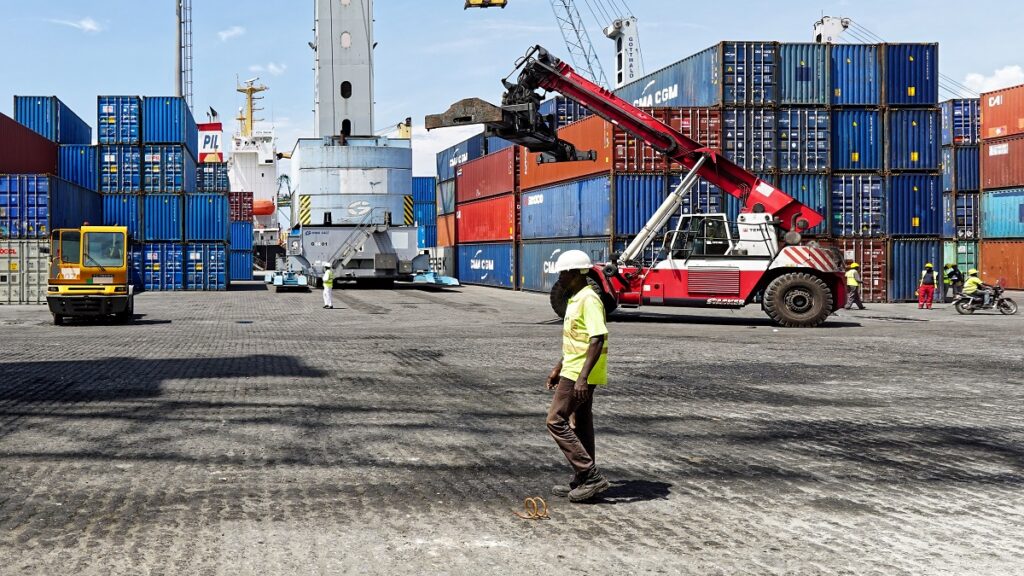With the increasing import and export trade, paying taxes is undoubtedly a very important part of the process. So, how to pay the U.S. customs duties? This article will answer this one by one.
U.S. Customs clearance required to pay the tax
Itemized Taxes
In the U.S. customs clearance, itemized tax is one of the first taxes to be paid. In the process of payment, each commodity will be assigned a specific HS code. Different HS codes correspond to different tax rates. As a result, the cost of itemized taxes varies depending on the type of merchandise.
U.S. customs duties
Customs Duties and Other Fees
In addition to itemized duties, imported goods are also subject to customs duties. Usually, the cost of customs duties is an expense to be borne by the importer. The cost of customs duties can sometimes be quite high and is therefore a difficult factor to ignore in customs clearance.
In addition to U.S. customs duties, there may be other customs clearance fees that need to be paid. For example, insurance, warehousing, certificate of origin application fees, etc.
Value Added Tax (VAT)
In addition to the above two taxes, VAT is also required in U.S. customs clearance. Like other taxes, the cost of VAT varies depending on the type and quantity of goods. However, since the cost of VAT is relatively low, it is unlikely to have much impact on the overall trade.
Special Taxes
In some cases, the U.S. government may impose a special tax on imported goods. Special taxes are usually imposed to protect the interests of local producers.
For example, industries such as automobiles, steel and lumber may be subject to high special duties. If your imported goods belong to one of these industries, they will be subject to higher taxes.

U.S. customs duties
Duty Drawback Benefits
The U.S. government offers tax rebates for certain types of imported goods. Typically, these tax rebates are relatively low.
However, if your merchandise qualifies for a government-mandated tax rebate, you may be able to save some money.
Types of U.S. customs duties
According to the World Trade Organization, tariffs are divided into tariffs with quantitative restrictions and tariffs without quantitative restrictions. The main types of tariffs include:
Absolute tariff
It refers to a type of tariff levied on imported goods based on their quantity or value. It is a commonly used form of tariff. The United States in the classification of goods and tariff rate standards to implement the “tariff table” system. For those goods that are not in the tariff schedule, the Most Favored Nation’s tariff rate is adopted – the general tariff rate.
Provisional Tariffs
The tariff rates currently applicable to other countries with Most Favored Nation (MFN) status. As global trade develops, during the negotiation process, two countries may enter into a trade agreement to simplify transactions and reduce burdens.
Ancillary Duties
Also known as anti-dumping duties, countervailing duties and protective tariffs. It applies to imported goods involved in dumping, subsidies and damage to maintain the development of domestic industry as the standard of consideration and the establishment of a special tax. At present, the U.S. has adopted anti-dumping and countervailing measures on a number of products imported from China.
Tariff Quota
Tariffs are levied on commodities based on quantitative restrictions, and are generally used to protect sensitive domestic production industries (e.g., cotton). The U.S. encourages trading partners to purchase more U.S. products by providing them with “special access quotas” for commercial trade with the U.S. customs duties quotas.
U.S. Customs Duties and Fees
Trademark Registration Fees
Trademarks are an important part of a brand, and once a brand is infringed upon or stolen, the merchant will face serious economic losses. Therefore, in order to avoid trademark-related problems that may adversely affect your export business, it is best to file a trademark registration application first.
The cost of trademark registration varies depending on the country and the type of trademark, so it is important for businesses to do some math. In the U.S., the cost of a trademark application is generally around $265. For high-value trademarks such as chain businesses and well-known brands, the cost may be higher.
Transportation Costs
For goods exported from China to the U.S., transportation costs must be considered. Depending on the weight and size of the merchandise, this can include a range of costs such as courier costs, shipping costs, and air freight costs.
Among them, the factors affecting the transportation cost include not only the weight and volume, but also the distance between the origin and destination, the value of the shipment and so on.
Customs fees
Customs procedures are one of the most important procedures in the export process. According to the U.S. Customs regulations, all goods sent overseas must be approved by customs processing.
As each batch of goods have to be declared and inspected individually, a series of related costs will be incurred, such as the merchant declaration list fee, article inspection fee, storage fees, etc..

U.S. customs duties
Warehousing and transportation insurance fees
Taxes
Taxes are also a very important part. For certain goods, the U.S. government may impose a corresponding tariff.
We specialize in China to USA freight shipping, and can provide sea freight from China to USA,air freight from China to USA.
U.S. customs duties

